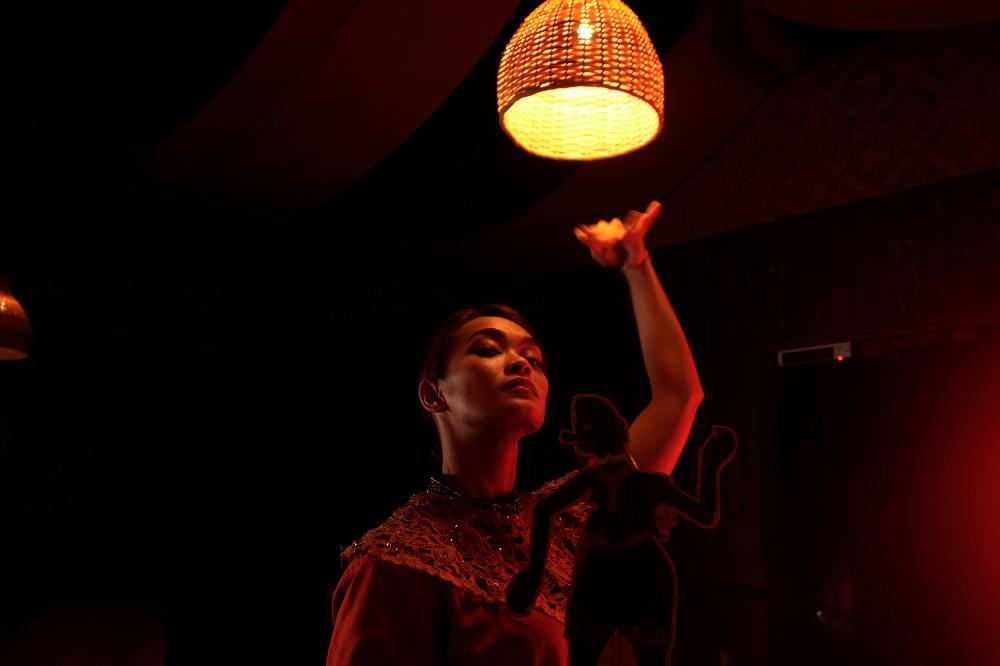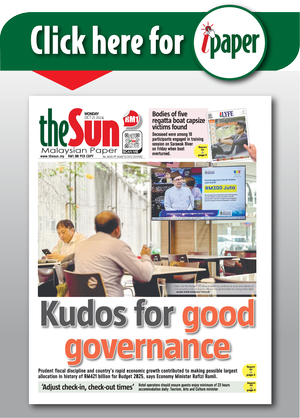DARK tourism, defined as visiting places or attractions associated with death, fear or the macabre, has long been a global curiosity. People are drawn to experiences that flirt with danger and the unknown.
In Malaysia, the trend is finding fertile ground through immersive attractions such as Hauntu and large-scale seasonal events such as Nights of Fright. Both weave together horror, culture and spectacle, tapping into a rising appetite among Gen Z and Millennials for shared experiences that combine adrenaline with storytelling.
Hauntu: Immersive horror as cultural gateway
Hauntu, created by Superdough Sdn Bhd, is not simply a haunted house. As head of marketing and co-founder Cheah Ka Wai explains, the attraction is an “immersive horror experience that merges theatre, live-action role play and Malaysia’s rich heritage”. Visitors step into intricately designed worlds, whether the colonial-era ambience of Hauntu Linc or the Seri Panggung-inspired setting at Hauntu The Curve and interact directly with actors who drive the narrative forward.
Unlike typical horror parks, Hauntu positions itself as a form of cultural storytelling. Its scares are layered with folklore, traditional arts and historically inspired settings. By collaborating with cultural bodies such as Pusaka, the team ensures authenticity while experimenting with modern tools such as projection mapping, digital effects and actor improvisation. The result is a balance: cutting-edge immersive theatre that remains grounded in Malaysia’s heritage.
For local visitors, the chills come with an added layer of nostalgia, such as entering a familiar rumah kampung scene laced with superstition. For international tourists, Hauntu becomes a window into Malaysia’s myths and traditions, offering something far more distinctive than Western zombie tropes. In both cases, the cultural element elevates the fear, turning each session into both a fright and a form of discovery.
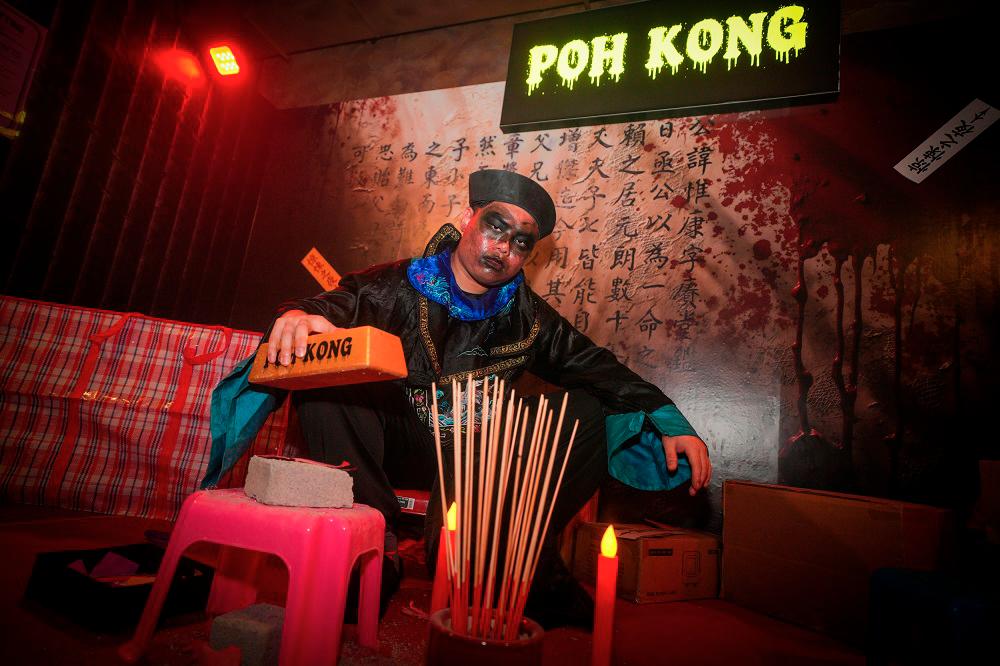
Why Gen Z and Millennials crave the scare
The younger generation’s fascination with Hauntu is not accidental. Gen Z and Millennials are experience-driven, preferring moments to possessions. They are digital natives, comfortable with interactivity, but crave authenticity. Hauntu delivers both: adrenaline-filled scares paired with decision-making moments that make visitors part of the story.
The format also aligns neatly with social media habits. Every jump scare and choice point becomes shareable content, amplifying the thrill beyond the walls of the attraction. As Cheah notes, the appeal lies in “a mix of physical challenge, social play and adrenaline”, ensuring that every visit feels unforgettable and Instagram-ready.
Nights of Fright: Malaysia’s festival of fear
If Hauntu is a theatre, Nights of Fright (NOF) at the Sunway Lagoon is a carnival. Now in its 11th year, the annual Halloween festival has become Southeast Asia’s largest fright event, drawing over a million visitors since 2013. What began as a seasonal experiment has evolved into a cultural institution, with nine major haunted attractions, scare zones and live shows filling Sunway Lagoon on select nights each September to November.
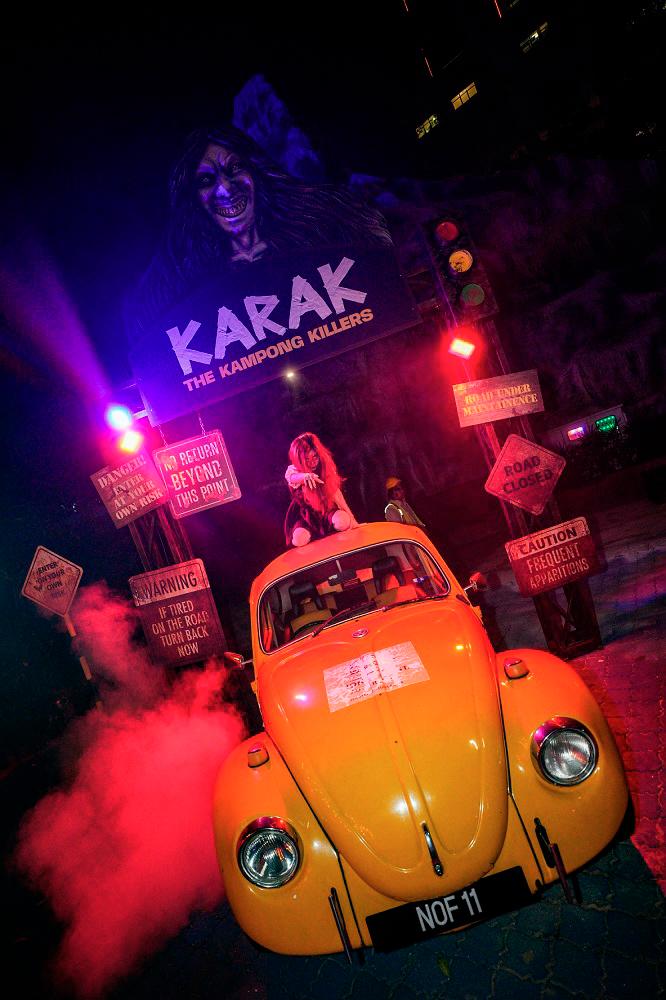
The 2025 edition, themed around The Puppetmaker, showcases both local and international horror influences. Highlights include The Blind Box, billed as the world’s first walk-through haunted house designed like collectable toy packaging, complete with Malaysian spirits such as Hantu Kum Kum and Toyol rendered in neon 3D. Other attractions reinterpret urban legends such as Karak Highway’s yellow Volkswagen Beetle or Southeast Asia’s forgotten carnival freak shows.
NOF is also a powerful tourism driver. Beyond scares, it creates ripple effects across Sunway City with increased hotel demand, dining traffic and hundreds of seasonal jobs. As creative director Lynton V. Harris puts it, the festival is about “storytelling, atmosphere and creating worlds where folklore and imagination collide”.
Culture meets commerce
Both Hauntu and Nights of Fright thrive because they blend fear with familiarity. Hauntu builds intimate, story-led experiences rooted in heritage, while NOF scales the concept into a festival that celebrates both Malaysian folklore and Hollywood icons. Their success reflects a larger shift: horror is no longer niche, but a cultural commodity with both entertainment and tourism value.
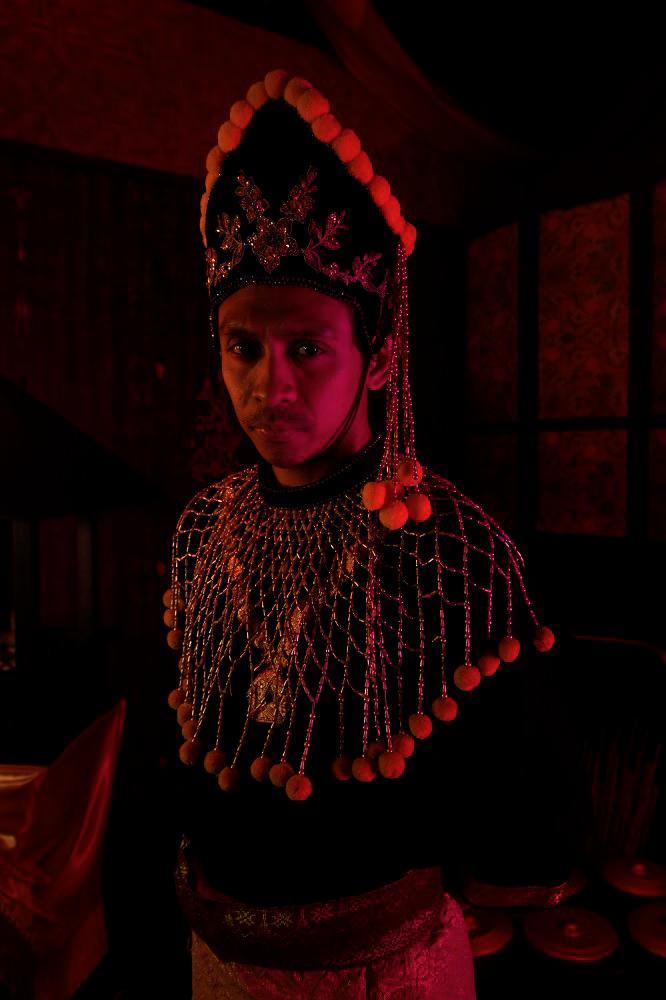
For Malaysia, the rise of such attractions signals an important evolution in its tourism portfolio. Alongside beaches and food trails, dark tourism now adds a distinctive edge, appealing to younger demographics and international travellers alike. And with platforms such as Klook spotlighting these experiences, Malaysia’s unique spin on fear is finding its way onto the global stage.
Future of fear
Looking ahead, Hauntu hints at expanding into darker histories, regional legends and even family-friendly immersive concepts, while Nights of Fright continues to innovate with new haunted worlds each year. What unites them is the recognition that immersion, whether through live actors in a kampung or puppet-filled Venetian nightmares, is what makes stories last.
As Malaysia leans into the allure of the dark, these attractions prove that horror can be more than just a scare. It can be heritage retold, tourism reinvented and culture experienced in ways that are as thrilling as they are unforgettable.



